Online Chess Tactics
 Trajan
TrajanTactics are one of the most, if not the most, important part of chess. That is why I am writing a series of articles based solely on them. This article will deal with forks.
Forks are part of a group of tactics called double attacks. Many chess players new to the game of chess believe that forks can only be done by Knights. This is not true. They can be accomplished by any piece, including Pawns and Kings.
Pawn Forks:

This is easy enough, after White plays e5 Black is forced to lose a piece for just the pawn. Take a minute and look at the next position:
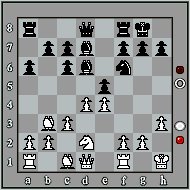
There are two ways to go about this one. A. 1. dxe5 Bxe5 2. f4 Bd6 3. e5 or B. 1. f4. Either way Black goes with the Pawn, e5 gets you to the same position. Note that if instead of taking the Pawn Black plays 1. ... Be7 2. fxe5 Ne8 3. Rxf7 Rxf7 4.e6 leads to another Pawn Fork. Another example Pawn Fork:
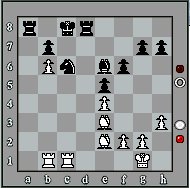
Don't see it? How about 1. Rxc6+ bxc6 2. b7+. White regains the Rook and is up in the endgame.
Let's take a look at Knight Forks.
Take a look at this position:

Black sees the threat to his Queen from White's Knight, however if Black is an inexperienced player they may see a move such as 1. ... Qe6??. White now plays Nxc7+!. Almost every chess player at some point in his or her career has been victim to either this fork or one very similar to it.
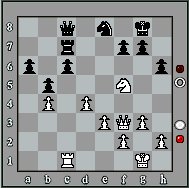
In the position above White has the possible fork on e7, but that is defended against by Black's Rook. Can you create the fork, or at least take advantage of the possibility? 1. Rxc6!... if black takes the rook then 2. Ne7+ wins. Let's take a look at the final position from the game Tolush-Simagin USSR 1952:
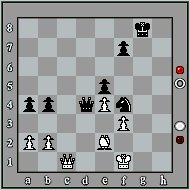
Black played 1. ... Qg1+! and white resigned. Why? Because black just forced white to move his king to g1 which then allows black to fork the king and queen, and black is up a piece in the endgame.
Bishops often go overlooked when it comes to creating forks. Bishops can make excellent forking pieces.
Look at this position:
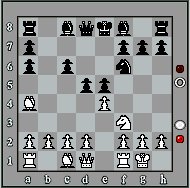
1. Bxc6+ forking the King and Rook. That was an easy one, and the next one isn't a whole lot harder:

1. Be5+ forks the black king and rook again. Now this next position is much harder. It's from Seirawan-Arkell, London 1981:

1. fxe5! Bxe5 (not fxe5? Bg5+ which loses material) 2. Nxb6 Nxb6 3. Bxc5+ (the fork!) Kd7 4. Bxb6 and white went on to win.
Rook forks are kind of rare, but very enjoyable when done properly.
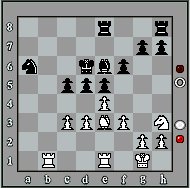
The answer is the simple 1. Rb6+ forking the king and knight.
Try the one below:
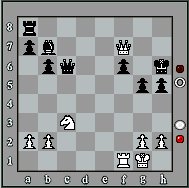
Answer: 1. Rxf6+ and play would continue 1. ... Qxf6 2. Qxf6+, but black isn't out of the woods yet. 2. ... Kh7 3. Qf7+! and now White forks the King and Bishop.
Queen Forks(A personal favorite of mine):
On an open board against a few undefended pieces the Queen can reek absolute havoc. In the last position, after the queen forks the king and bishop and then captures the bishop, she then forks the pawn and rook. See what i was saying? The next position is from one of my games from this very site.
Trajan-Heeres Roeper, ChessManiac.com
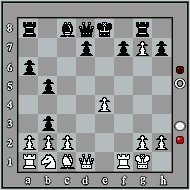
Now, I see that the a8 Rook is undefended and the f7 Pawn is weakly defended, so I play the obvious 1. Qd5! forking the Rook and Pawn (which would be checkmate).
Unfortunately for Heeres Roeper, he did not see the checkmate possibility and played 1. ... Ra7. The game ended right after with 2. Qf7#.
Another good example is Lipschutz-Schallopp, London 1886:
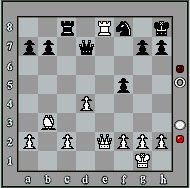
Having trouble? How about 1. Qc4!! black immediately resigned seeing that the Queen forks both the Rook and checkmate on g8. Note that 1. ... Rxc4 is meet with 2. Rxf8#.
Hope you have enjoyed and learned from these tactical examples. This is the first in a series of articles on tactics. The last articles will include a test with approximately 100 questions to test your new found knowledge of Chess Tactics. Until then, have fun and good tactical hunting.
Trajan
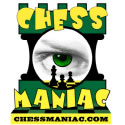


















0 Comments:
Post a Comment
<< Home